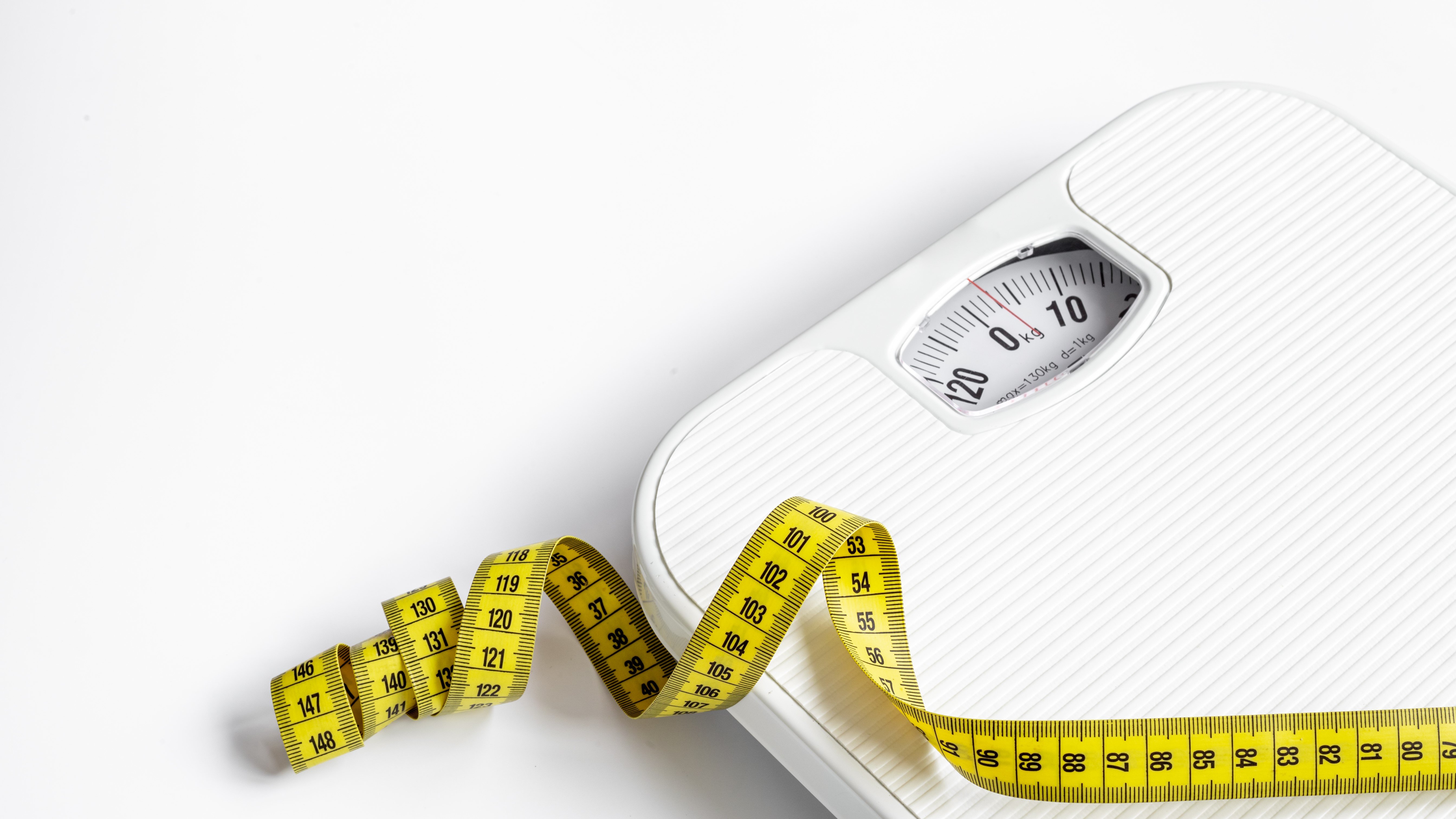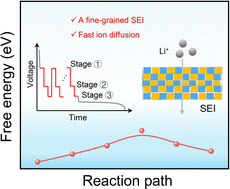From Nature to Bottle: How Perfumes Are Made Today
From petals and molecules to final spritz, discover the intricate journey behind how modern perfumes are made. The post From Nature to Bottle: How Perfumes Are Made Today appeared first on LUXUO.


Have you ever smelled something and instantly remembered a moment? Maybe it reminded you of a person you knew. Or a place you’d almost forgotten. Just a trace of scent, and suddenly it all comes back. That’s the quiet power of perfume. But how does that power get into a bottle?
Most people don’t think about it. We spray it on before heading out and move on with our day. But there’s a whole process behind it — one that starts in nature, passes through labs, and ends up as something deeply personal. This is how perfumes are made today — step by step, from raw ingredients to the final scent that stays with you.
It Starts with Things That Smells Good

Before it turns into something you spray on your wrist, perfume starts out as… well, raw materials. Mostly plants. Nothing fancy at first. Just petals, bark, roots, leaves, spices.
Take rose petals. They’re a classic. Usually picked early in the morning, when they smell the strongest. Then there’s jasmine — another favorite — but it’s delicate. The kind that bruises if you’re not careful. So, it’s picked gently by hand. Slow work, but it pays off.
Citrus oils are pretty common too. Lemon, bergamot, orange. The good smells lives in the peel. They press it — cold, like juicing — and the oils come out fresh and sharp.
Wood’s another layer. Sandalwood, cedar — they give that warm, smooth base that lingers. And resins? Frankincense and myrrh have been around forever. They still show up today because they anchor a scent. Make it deeper. More solid.
But here’s the thing about using natural materials — they’re unpredictable. Weather, soil, pests… all of it changes the quality. Some years, you get amazing crops. Other years? Not so much.
That’s when the lab steps in. Not to replace nature, but to fill the gaps it sometimes leaves behind.
Why Synthetic Notes Are a Big Deal

Let’s get one thing straight — just because something’s made in a lab doesn’t mean it’s fake or bad. That idea’s kind of outdated.
Some scents can’t even be pulled from nature. Lilies are a good example. Smell amazing, right? But try to get oil out of them and… nothing. Doesn’t work. So, scientists recreate that smell from scratch — molecule by molecule.
It’s pretty technical, but the end result? Smells almost exactly like the real flower. In some cases, even better. You can smooth out the rough edges, make it last longer, or adjust the parts that don’t sit well with other ingredients.
And then there are scents that don’t exist in nature at all. Like that soft “clean skin” kind of smell. Or metallic ones. Those are lab-born. And honestly, they’ve added so much to modern perfumes.
Another big reason synthetics matter? They’re consistent. Nature’s unpredictable — weather, soil, even the time of harvest can mess with the scent. But lab-made notes? They don’t change. Plus, they’re more sustainable. No rare plants. No animal harm. Just smart chemistry.
In the end, synthetics give perfumers more room to create — while also being practical and more planet-friendly.
Getting the Smell Out
So, let’s say you’ve got a rose. Or maybe a lemon. Or even a sticky chunk of tree resin. How do you actually get the scent out of it?
Well, there’s more than one way to do it. And the method depends on what you’re working with.
Steam Distillation
This one’s been around forever. You throw the plant material into a still, add water, then heat it all up. As the water boils, steam carries the scent up and away. Then it cools down and separates into two parts — essential oil and floral water. It’s simple. Classic. Still used today for a lot of things.
Cold Pressing
Used mostly for citrus. You know that blast of smell when you peel an orange? That’s where the magic is — in the skin. They press the peel, kind of like juicing it, but only the oil comes out. No heat involved, which keeps the scent fresh and sharp.
Solvent Extraction
Now, for flowers like jasmine or tuberose, steam is a bit too much. It wrecks the delicate scent. So instead, perfumers use a solvent — usually alcohol or hexane — to dissolve the smell out of the petals. What’s left is a thick, waxy thing called a “concrete”. They clean that up to get the “absolute,” which is basically the most concentrated and pure version of that scent.
CO₂ Extraction
This one’s high-tech and pricey. It uses carbon dioxide under pressure to pull the oils out — no heat, no harsh chemicals. The result? Super clean, strong, and very true to the original smell.
Each method has its perks. It all comes down to the plant. Some hold up under heat. Others fall apart the second it gets warm.
The Blend: Where Magic Happens

Once all the ingredients are ready, that’s when things get interesting. This is the part where the magic really happens — blending.
Perfumers — often called “noses” in the industry — start mixing different oils and synthetic notes. They’re not just throwing things together and hoping for the best. It’s a skill. Like painting, but with scent.
Every perfume is built in layers. These are called notes, and each one plays a different role.
- Top notes are what you smell first. Light, fresh, usually citrusy or herbal. They pop out, then disappear within minutes.
- Heart notes come next. These make up the main body of the fragrance. Think florals, spices — smells that lasts a few hours.
- Base notes are the ones that stick around. Musky, woody, rich. They don’t shout, but they’re the part you remember later in the day.
You can think of it kind of like music. One loud instrument ruins the whole thing. But when everything is in sync, it’s beautiful. That’s what a good perfumer does — they find balance between all the pieces.
After blending, the perfume isn’t ready just yet. It needs time to settle. So it’s mixed with alcohol (or sometimes oil) and then left alone. Could be weeks. Sometimes longer.
Why? Because perfumes, like wine, need to age. It helps the notes come together more smoothly. The scent gets deeper. Softer around the edges. It becomes whole.
It Goes Through a Lot Before You Smell It
Before any perfume ends up on a store shelf, it goes through a lot of testing. Like, a lot.
Does it sit well on your skin?
Does the scent last more than an hour or two?
Will it still smell good months down the line, or will it turn weird?
If something feels off — even slightly — they go back and tweak it. Sometimes they scrap the whole batch and start again. It’s trial, error, repeat.
And the bottle? That’s not just decoration.
Light and air can mess with perfume. Change the scent. So brands usually go for thick glass, darker colors, or tight lids to keep everything sealed and safe.
That said, let’s be honest. We do care what the bottle looks like. A good scent is great, but a beautiful bottle? That’s what makes you want to show it off on your dresser.
Perfume Trends Are Getting Bold

Back in the day, it was all pretty divided. Men usually went for heavy, woody scents. Women stuck to florals and sweet nectars.
That’s not the case anymore.
These days, it’s wide open. A guy can wear vanilla. A woman can rock something smoky or leathery. Most of the newer perfumes don’t even bother with “for men” or “for women.” They’re just made for whoever likes the smell.
One big shift? Skin scents. Super soft. Almost invisible. They don’t scream “perfume” — they just make you smell… like you, but cleaner. Warmer. People can’t get enough of them.
And the ingredients? They’re getting bold.
Some scents smell like old books and wood floors. Others remind you of tomato stems, salt, even rain on pavement. It’s weird — but in a fun way.
New releases, like Jean Paul Gaultier Le Beau Paradise Garden, are mixing that old-school charm with surprising twists. So it feels familiar but still new. Like something you didn’t know you needed until you tried it.
One Weird Fact: It Won’t Smell the Same on You
Have you ever bought a perfume that smelled incredible on someone else, but kind of… flat on you?
Yeah, that happens. And it’s not your imagination.
Perfume mixes with your skin, and everyone’s skin is different. Things like your pH level, what you eat, how hydrated you are — they all play a role in how a scent shows up on you.
So here’s a tip: don’t rely on those little paper strips at the store. They give you a rough idea, sure, but it’s not the full picture.
Spray it on your wrist. Let it sit. Go run some errands. Come back to it in an hour or two. That’s when you’ll really know if it works for you — or not.
Final Thoughts
Perfume isn’t just about smelling good. It’s about memory. Identity. A tiny bottle that says something without words.
But making that bottle? It takes farmers, scientists, artists, machines, noses, and time.
Now you know the process — from nature to bottle. From petals to alcohol. From a thousand tweaks in a lab to that final spritz before a night out.
So next time you apply your favorite scent, take a moment. Breathe it in slowly. Feel the story behind it.
And maybe try something new. Your next signature scent might be just a sample away.
For more on the latest in luxury beauty and skincare reads, click here.
The post From Nature to Bottle: How Perfumes Are Made Today appeared first on LUXUO.


















































































































































